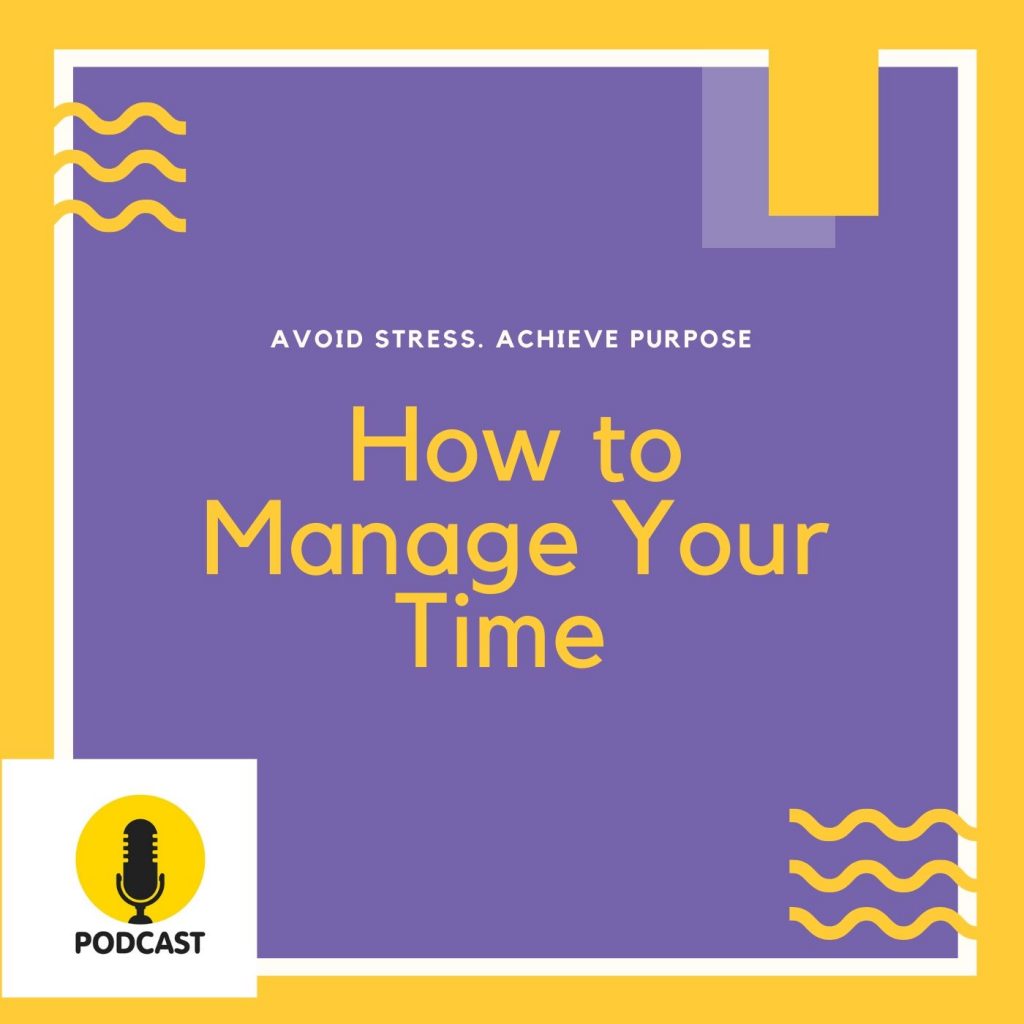
Throughout the almost whole school year, once a week, students from the 6th grade had ESL lessons, during which they read passages from books in English. We read extracts from the most popular books for children, like Harry Potter, Whimpy Kid, Charlie and the Chocolate Factory, etc. Students read the texts, listened to the recordings and did a lot of lexical and creative activities, like drawing comics, building Lego constructions, playing games, developing stories, solving puzzles, writing poems or making models.
The objectives of the activities:
- improving literacy, developing language competences
- increasing general knowledge about the world
- promoting reading as a stress relieving activity
- modelling behaviour
- increasing creativity and imagination
- building a sense of empathy
- improving concentration
- enhancing reading enjoyment
All the resources used during these activities were gathered in one padlet collection:
https://padlet.com/tambelli_sylwia/mo9efju9nkusotrl













































